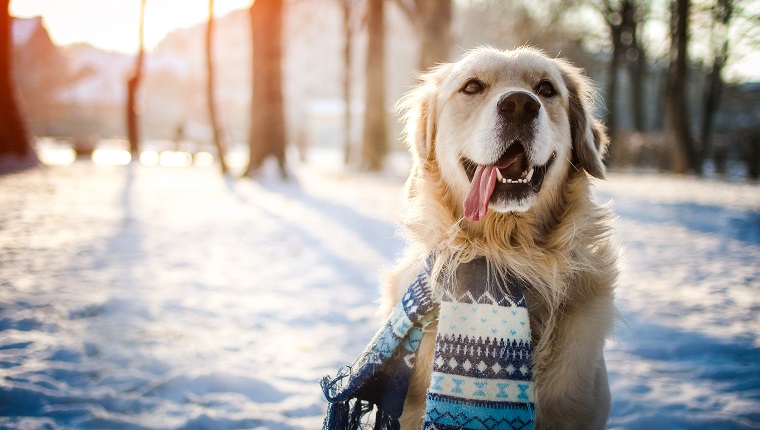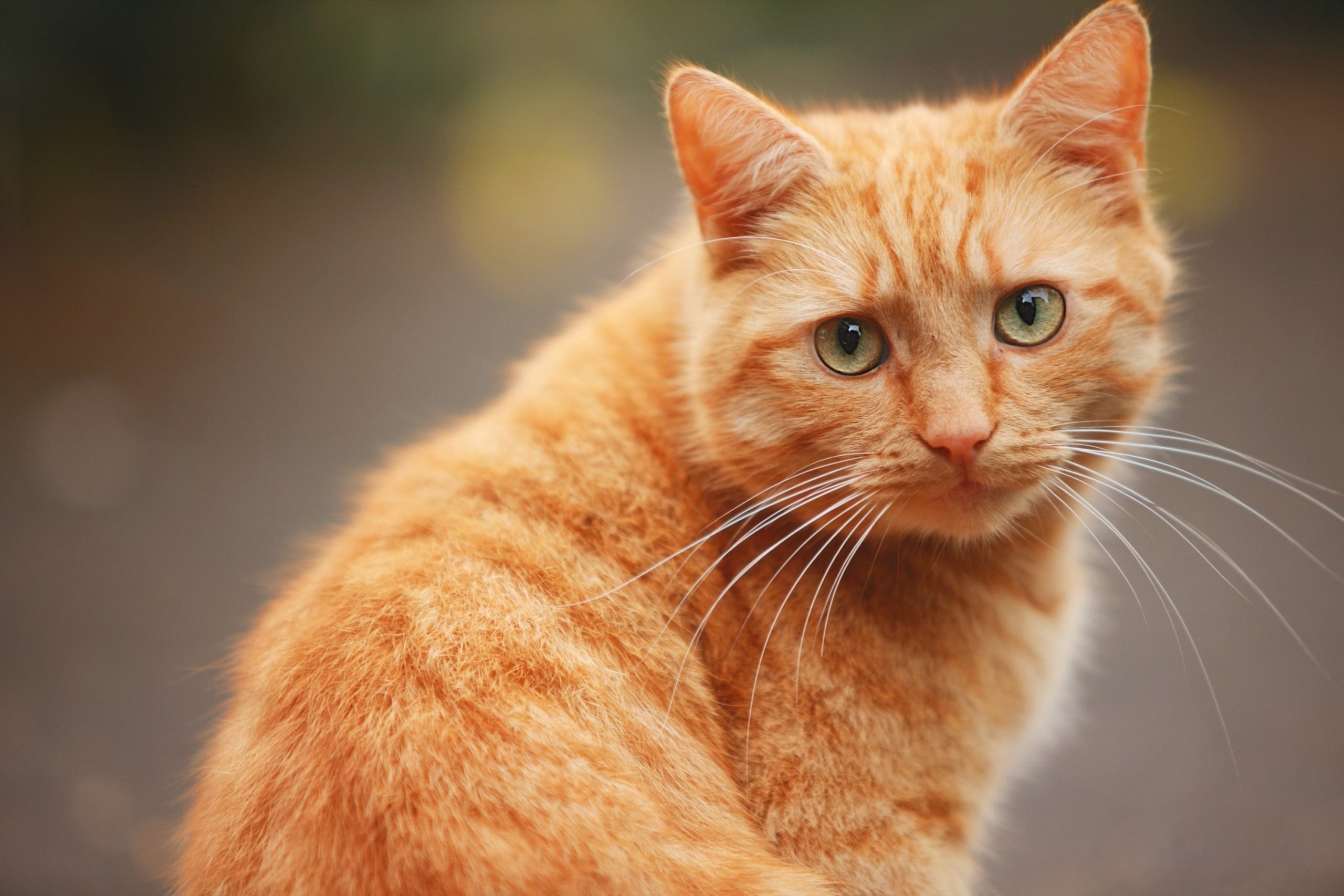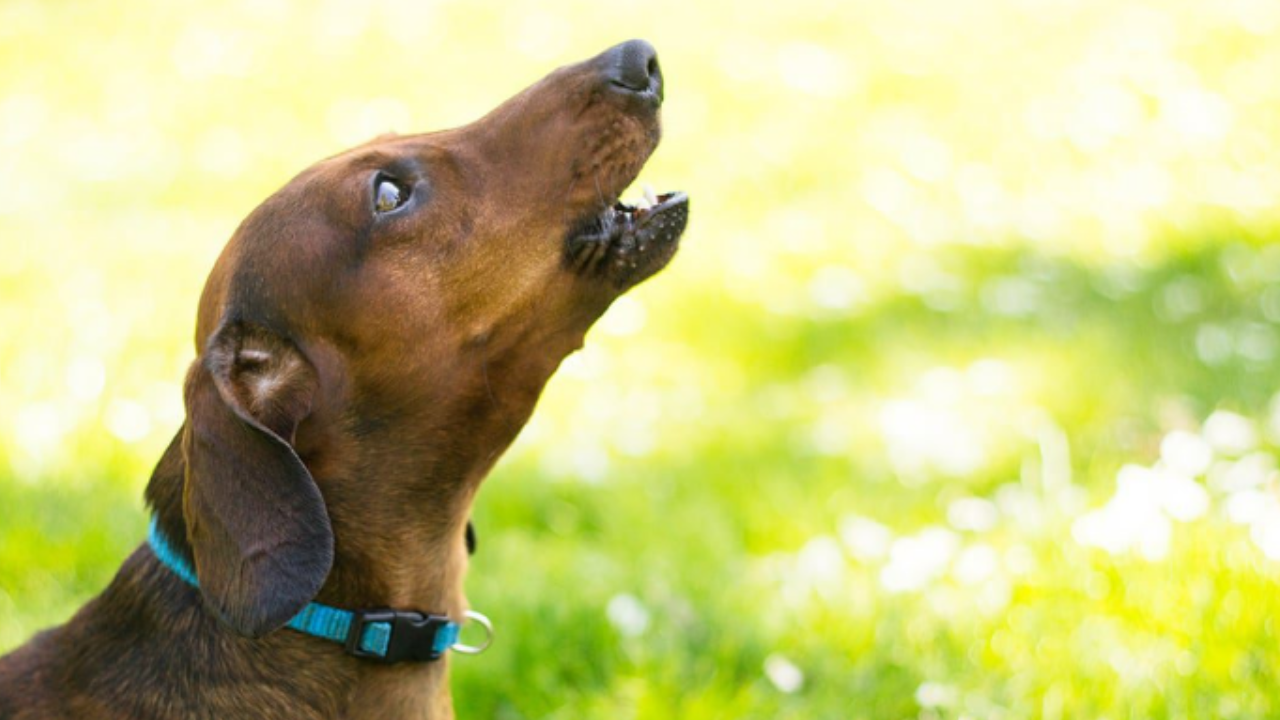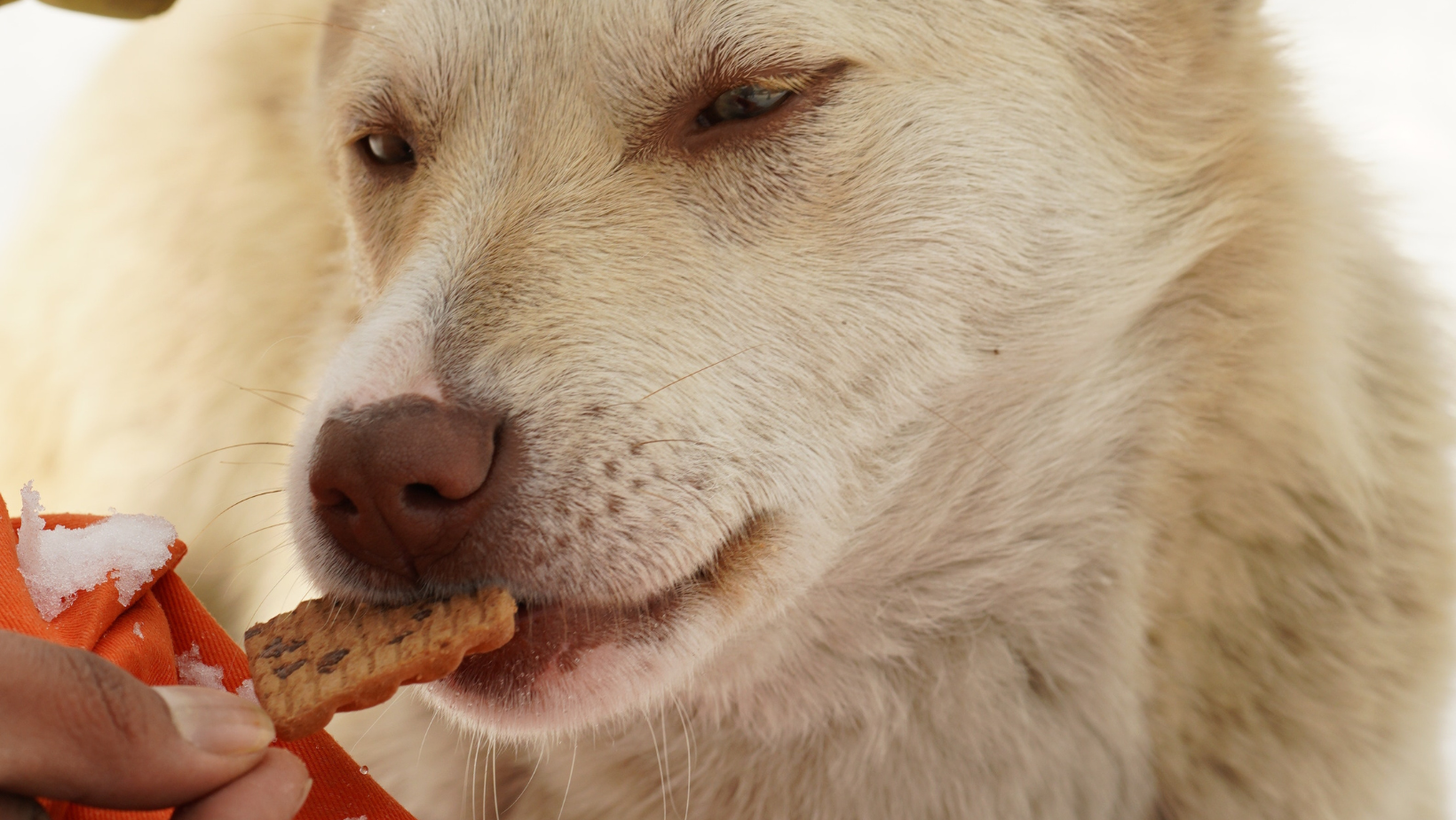6 Signs it’s Time to Change Your Cat’s Food

Selecting a cat food can be difficult, and some of us choose to buy the same brand of pet food for the whole of our cat’s life. The reality is that, “we now know that changes in our pet’s life stage, general health, and activity level may and do affect their dietary demands over time.” In this blog we will dicuss 6 signs it’s time to change your cat’s food.
What Age Should I Change My Cat’s Food?
There are three life stages that experts believe are crucial for your cat to discuss with your veterinarian when it comes to diet. The kitten life stage is the first. Because it is specifically created for pups and kittens at this time, a cat food classified for “growth” is required, following the AAFCO (Association of American Feed Control Officials, which sets standards for pet foods in the United States). Developing puppies and kittens need pet diets with a higher protein content and more calories to suit their nutritional needs. “Your pet’s growth may be hindered and/or your pet may become ill if these dietary demands are not met,” the warning reads.
The adult life stage is the second life stage for which you ought to talk to your veterinarian about dietary adjustments. Obesity is currently the most prevalent nutritional condition in both dogs and cats. “Inappropriate eating for the life stage is one cause of this. For instance, if given pet food intended for pups or kittens, an adult dog or cat—especially one who maintains a sedentary lifestyle—might gain weight or even become obese. Instead, you need to look for cat food that has the AAFCO “adult maintenance” rating.
The senior life stage is the third life stage to be aware of. Changes in food may be beneficial for senior pets that frequently experience health problems. For older cats with movement concerns, a veterinarian might suggest a pet diet that contains glucosamine and/or fatty acids like DHA and EPA. Dr. asserts that giving your pet the right food can occasionally be a successful way to treat conditions like chronic renal disease and heart disease. For your senior cat, look for a pet food with an adult maintenance statement because the AAFCO does not have a senior life stage.
What are other Signs it’s Time to Change My Cat’s Food?
As your cat transitions through different life stages and lifestyle changes, it’s important to see your veterinarian about nutrition. You should also keep an eye out for specific outward indications that your cat needs to adjust their food. Here are 6 Signs it’s Time to Change Your Cat’s Food:
1. Dull, Flaky Coat
Essential fatty acids are an important part of diets that help cats maintain healthy skin and, as a result, good coats. To quickly make your cat’s coat lustrous and vibrant, look for a food that has both Omega-3 and Omega-6 fatty acids.
2. Lethargy/Weakness
You could understandably expect your cat to be a little exhausted if he had just experienced a stressful event, an illness, or surgery. Antioxidant-rich diets can speed up the immune response to help your cat heal more quickly and get back to normal activity. Keep in mind that before making nutritional modifications, a cat who is suddenly acting lethargic and weak should be examined by a veterinarian.
3. ‘Senioritis’
Pets range in age from middle-aged to elderly, depending on size, at 5-7 years old. Additionally, our cats’ nutritional needs change as they get older. For instance, senior diets typically contain more fibre, less calories, and supplements like joint support and antioxidants that are tailored to this stage of life. Dr. advises against feeding “all life stage” pet food to older pets. It will provide too much “fat and nutrients your elderly pet does not require” because it was made with kittens in mind.
4. Hefty Midsection
It doesn’t take much for a pet to start carrying about excess weight, and little cats are especially susceptible to this. “A diet specifically designed for weight loss will guarantee that they still obtain the right amount of important nutrients, vitamins, and minerals while absorbing less calories if your pet needs to shed a few inches.” These diets make use of the most recent findings in pet weight management to guarantee that your cat is quickly on the road to a healthier weight!
5. GI Disturbances
“Food intolerance or the poor quality of the food that you are feeding your pet can result in chronic flatulence, loose stools, or rumbly stomachs,”. GI distress makes your pet uncomfortable and causes owners inconvenience. Speak to your vet; the problem can be as simple to solve as switching to premium cat food or a sensitive stomach diet that’s suitable for your pet.
6. Itchy Cat
Pet allergies are prevalent, and there are many potential causes besides food. However, allergic pets may benefit from a low-allergen diet that lessens their exposure to potential allergens, regardless of the source. Depending on the specific requirements of your cat, your veterinarian may advise either a prescription food or an over-the-counter sensitive skin diet.
Plan for Success
One of the most crucial ways to guarantee your cat’s long-term health is by choosing the right diet, but it cannot replace medical attention. Consult a vet if you think your cat will benefit from a change in food! A long, healthy, happy life is a result of proper eating and wise decisions.





